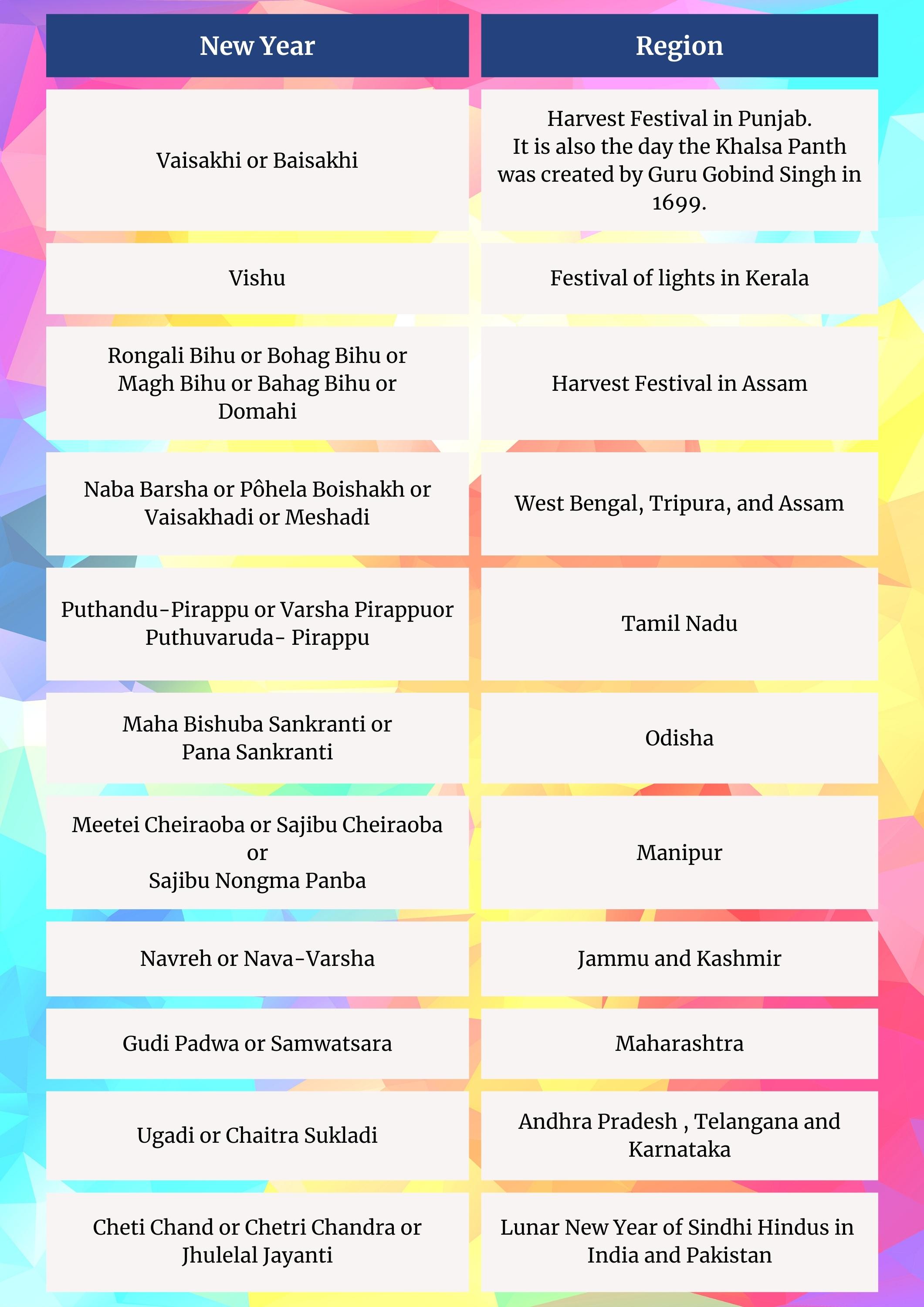The Dornier-228, a made-in-India aircraft, has taken to the skies on its maiden commercial flight to Arunachal Pradesh from Assam.
Reference

Reference
The Supreme Court has directed the Film and Television Institute of India (FTII) not to exclude candidates suffering from colour blindness from its courses on film making and editing.
In India, the Supreme Court in the FTII case quoted, “Estimated 8% of male population and less than 1% female population have red and green colour deficiency being the most common form of colour-blindness.”
Reference
The Government has recognized that the Prevention of Cruelty to Animals Act, 1960 must be amended to introduce more stringent penalties.
Reference
Ukraine claimed to have severely damaged the Russian navy’s Black Sea Flagship ‘Moskva’ off the coast of Odessa using the Neptune Missile.
Reference